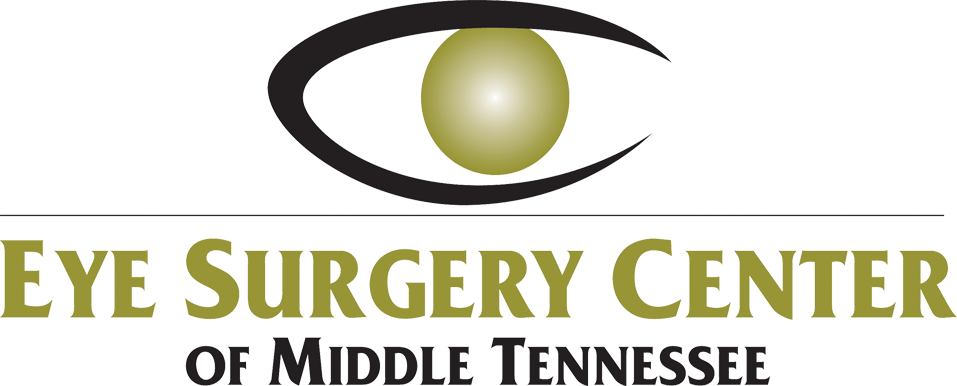About us
Order Online
Depressive-paranoid mentaldromas, in addition to those described above, include depressive-hallucinatory-paranoid, depressive-paraphrenic. In the first case, in combination with melancholy, less often anxious depression, there are verbal true or pseudo-hallucinations of accusing, condemning and slanderous content. phenomena of mental automatism, delusions of persecution and influence. Depressive-paraphrenic, in addition to the listed symptoms, includes megalomanic delusional ideas of nihilistic, cosmic and apoplectic content, up to depressive oneiroid.
Classic manic syndrome includes severe mania with a feeling of immense happiness, joy, delight, ecstasy (obligatory symptoms are manic hyperbulia with many plans, their extreme instability, significant distractibility, which is caused by impaired productivity of thinking, acceleration of its pace, “jumping” ideas, inconsistency logical operations, and increased motor activity, take on a lot of things without bringing any of them to completion, are verbose, talk incessantly.Additional symptoms are an overestimation of the qualities of one�s personality, reaching unstable holotymic ideas of grandeur, disinhibition and increased drives.
Unproductive mania involves elevated mood, but is not accompanied by a desire for activity, although it may be accompanied by a slight acceleration of the associative process. Complex mania is a combination of mania with other non-affective syndromes, mainly delusional ones. The structure of the manic syndrome is joined by delusional ideas of persecution, relationships, poisoning (manic-paranoid), verbal true and pseudohallucinations, phenomena of mental automatism with delusions of influence (manic-hallucinatory-paranoid), fantastic delusions and delusions of grandeur�(manic-paraphrenic) up to oneiroid.
Agitated depression is characterized by an anxious affect combined with fussy anxiety and delusional ideas of condemnation and self-blame. Fussy anxiety can be replaced by motor agitation up to depressive raptus with increased suicidal danger. Dysphoric depression, when a feeling of melancholy and displeasure is replaced by irritability, grumbling, spreading to everything around and to one�s well-being, outbursts of rage, aggression against others and self-aggression. Manic stupor occurs at the height of manic excitement or a change from a depressive phase to a manic phase, when increasing mania is accompanied (or replaced) by persistent motor and intellectual retardation.
